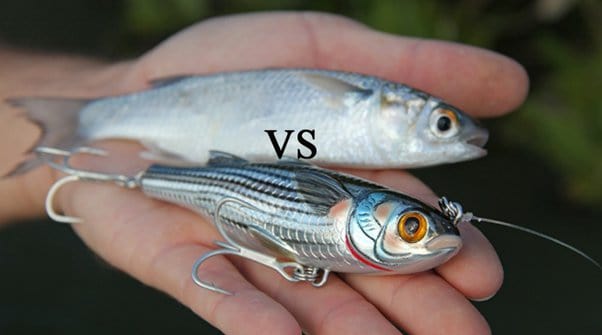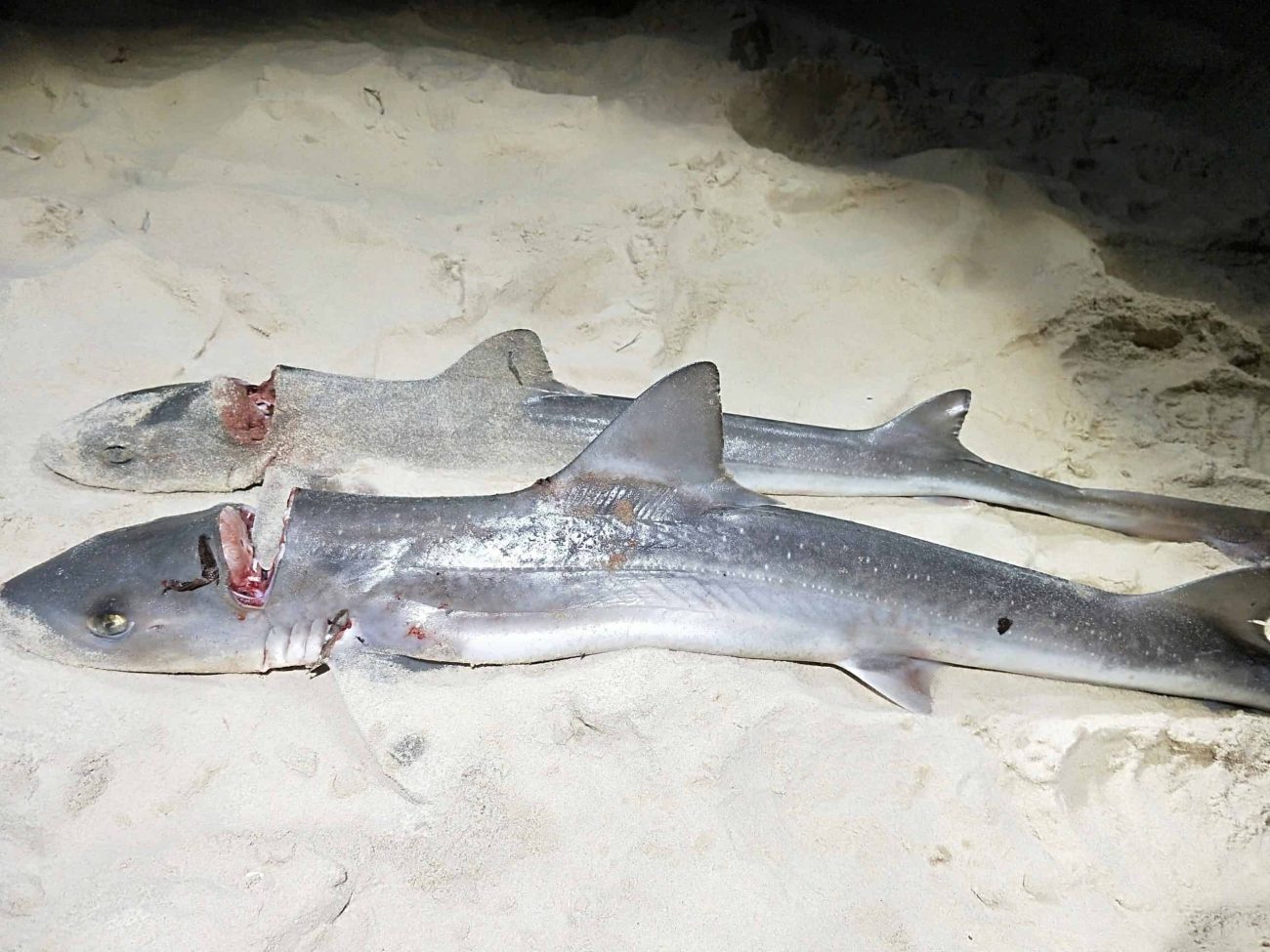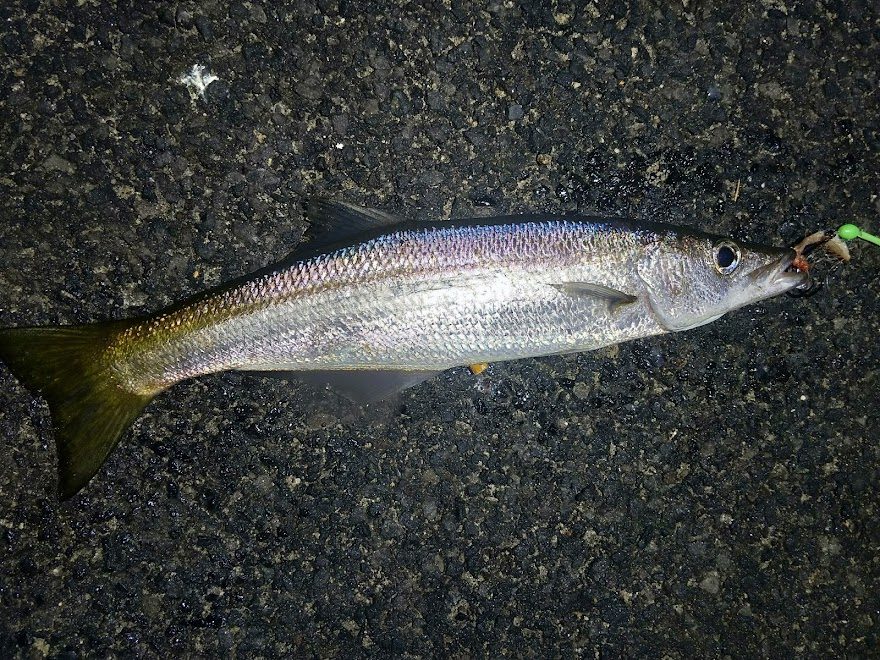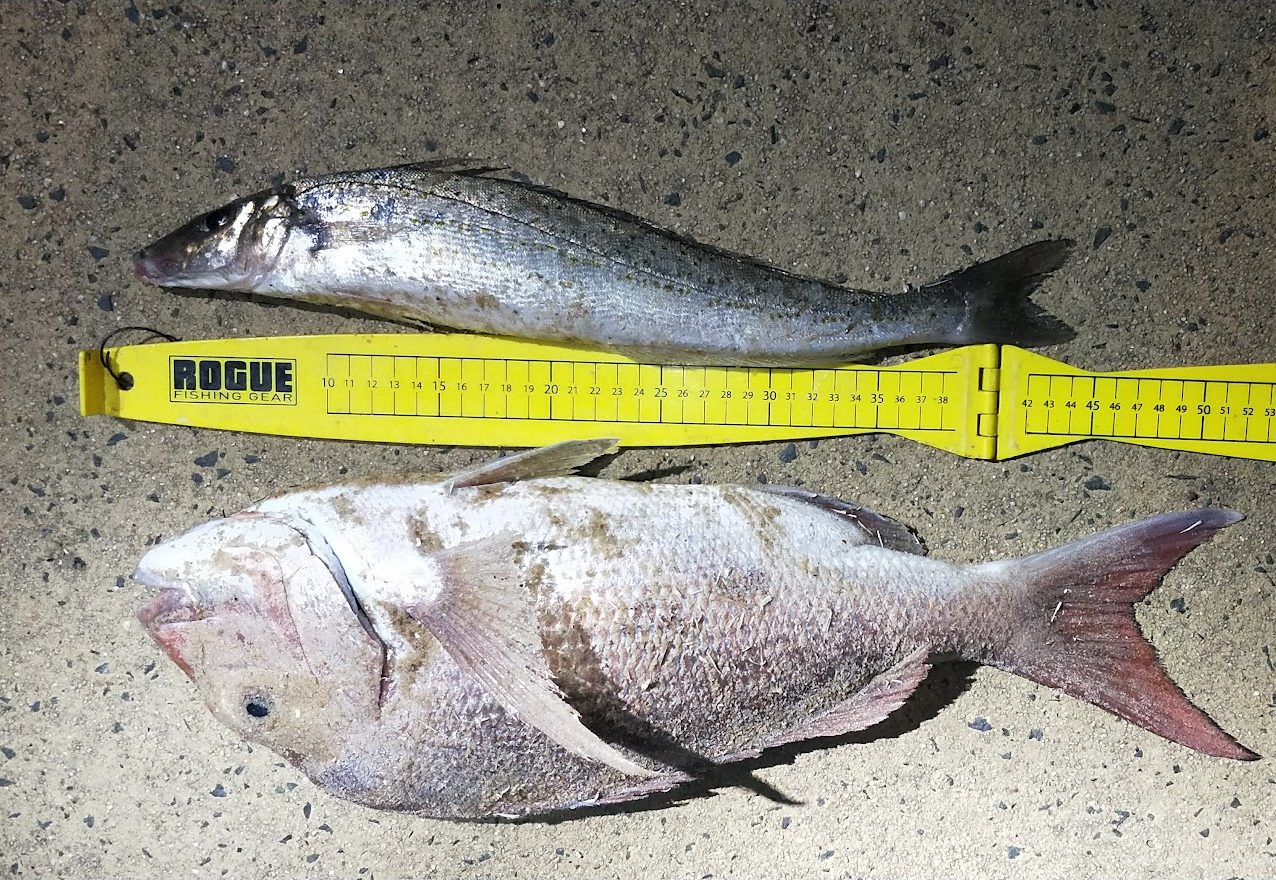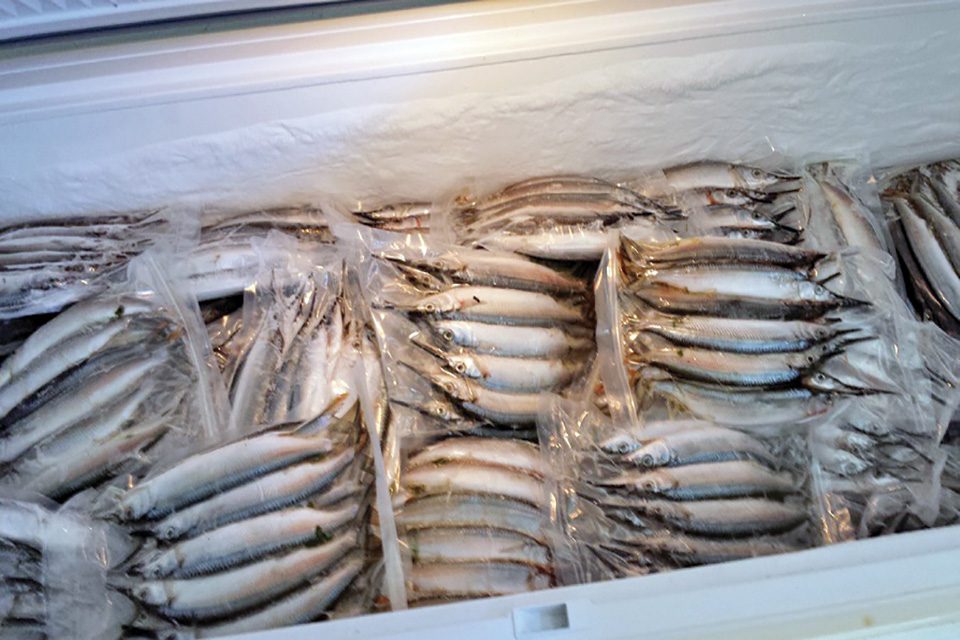Fishing is an age-old activity that has been enjoyed by people of all ages and cultures. It is a relaxing and rewarding pastime that requires skill, patience, and knowledge of the fish species being targeted. One of the most important decisions when fishing is choosing whether to use live bait or lures. Both options have their own advantages and disadvantages, and the choice often depends on personal preference, the type of fish being targeted, and the conditions of the water. In this blog post, we will discuss in detail the pros and cons of using live bait versus fishing lures for fishing.
Pros of using live bait:
Attracts More Fish: Live bait has a natural scent and movement that can attract more fish, especially if the bait is native to the area. Live bait is particularly useful in murky or dark water conditions where fish rely more on scent and movement to locate prey. Additionally, live bait can attract a wider range of fish species than lures.
More Natural Presentation: Live bait mimics the natural prey of fish, making it a more natural presentation. Using live bait can increase the chances of catching larger fish, especially if the bait is of the same species as the target fish. Live bait can also be more effective when fishing for bottom-dwelling fish, such as catfish and carp, which rely on scent to locate food.
Easier for Beginners: Using live bait is often easier for beginners since they don’t have to worry about the presentation or action of the bait. This allows beginners to focus on other aspects of fishing, such as finding the right location and setting up their fishing gear.
Cons of using live bait:
Can be Messy: Live bait can be messy and difficult to handle, especially if the fisherman has to keep it alive for an extended period. Live bait can also leave an unpleasant odor on fishing gear, clothing, and hands.
Limited Lifespan: Live bait has a limited lifespan, and if not used quickly, it can die, reducing its effectiveness. Keeping live bait alive requires proper storage conditions, such as a cooler with ice or a live well, which can be inconvenient to carry.
Difficult to Store: Live bait requires special storage conditions, making it less convenient to carry. The storage conditions can vary depending on the type of bait and the water temperature. Live bait can also attract unwanted pests, such as insects and rodents.
Pros of using lures:
Durable: Lures are durable and can be used multiple times, making them more cost-effective in the long run. Lures can also be reused for different fishing trips, making them more environmentally friendly.
Wide Variety: There are many types of lures available, each with different sizes, shapes, colors, and actions, allowing fishermen to choose the best option for their target fish. Lures can be designed to mimic different types of prey, such as insects, fish, and crustaceans.
Easy to Store: Lures are easy to store and carry, requiring no special storage conditions. They can be stored in a tackle box, which is easy to transport and protects lures from damage.
Cons of using lures:
Require Skill: Using lures requires skill and knowledge to present them in a way that mimics the natural prey of the target fish. The presentation and action of the lure can vary depending on the type of fish being targeted, the water temperature, and the weather conditions.
Less Scent: Lures don’t have the same scent as live bait, which can make it more challenging to attract fish. Some lures come with scent attractants to enhance their effectiveness, but they may not be as effective as live bait.
Limited Range: Lures have a limited range of effectiveness compared to live bait. They may not attract as many fish or as many types of fish as live bait. Additionally, lures may not work as well in murky or dark water conditions where fish rely more on scent and movement to locate prey.
Conclusion:
The decision to use live bait or lures ultimately depends on personal preference, the type of fish being targeted, and the conditions of the water. Both options have their own advantages and disadvantages, and choosing the right option can increase the chances of a successful fishing trip. Live bait can be more effective in attracting fish and presenting a more natural prey, while lures can be more cost-effective and easier to store. However, both options require skill and knowledge to use effectively.
It’s important to note that using live bait or lures for fishing should be done responsibly and with consideration for the environment. Proper disposal of used bait and lures, as well as adherence to local fishing regulations, can help protect fish populations and the overall ecosystem.
In conclusion, the choice between live bait and lures for fishing is not a simple one. Both options have their own unique benefits and drawbacks. Ultimately, it is up to the fisherman to decide which option works best for their individual needs and preferences. With the right skills and knowledge, both live bait and lures can be effective in catching fish and creating a rewarding fishing experience.

